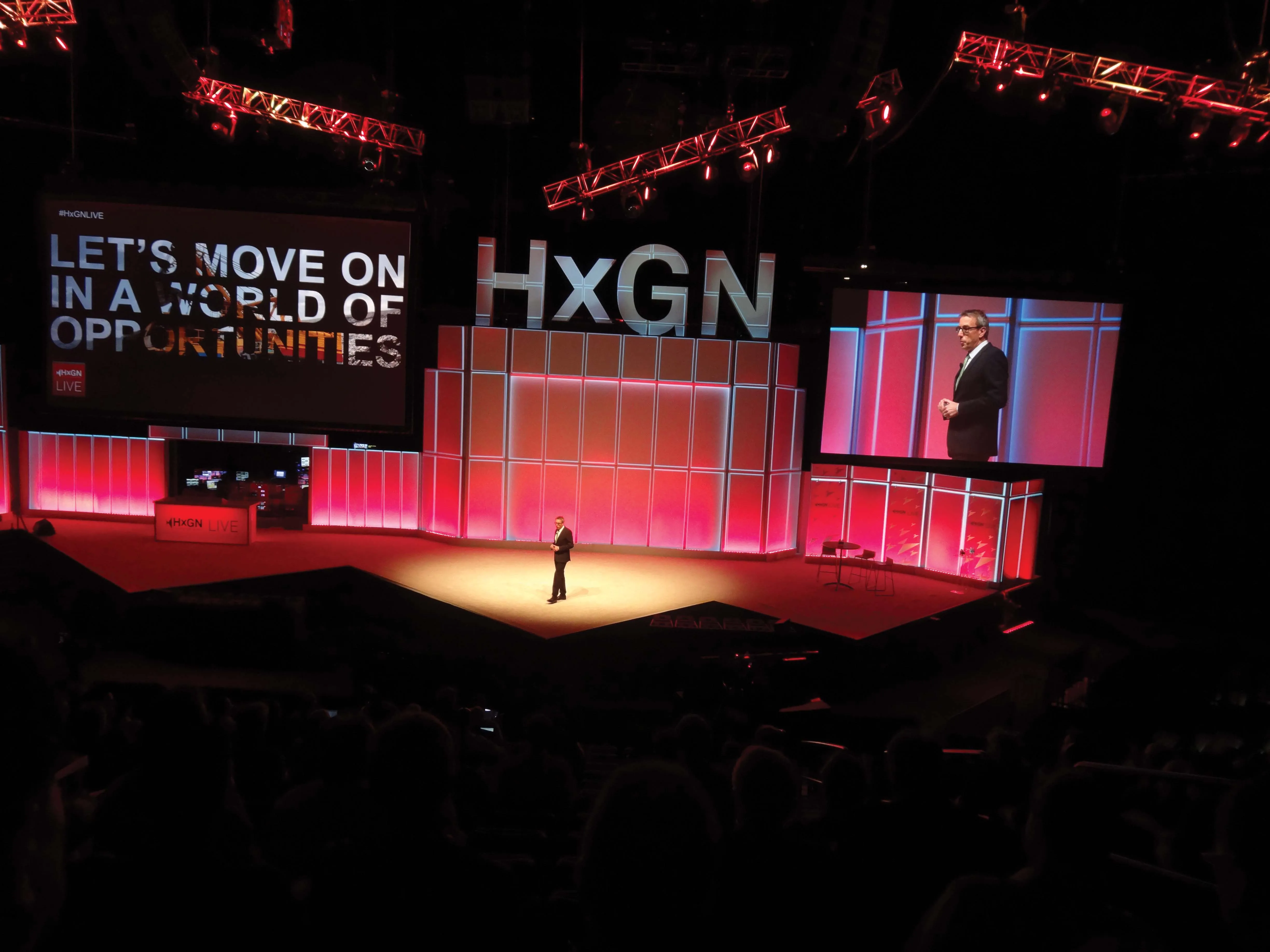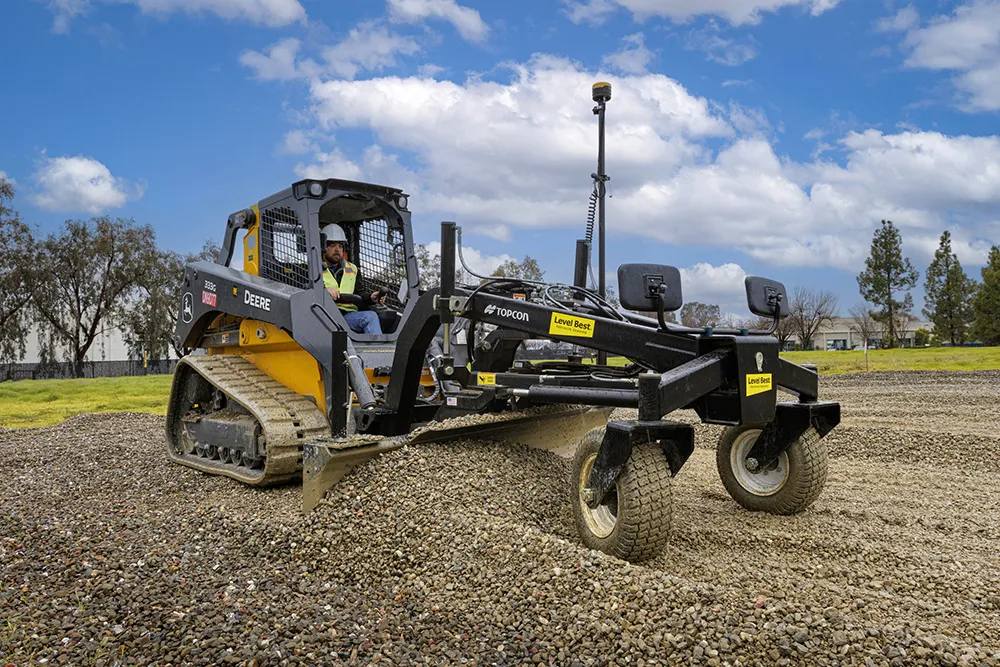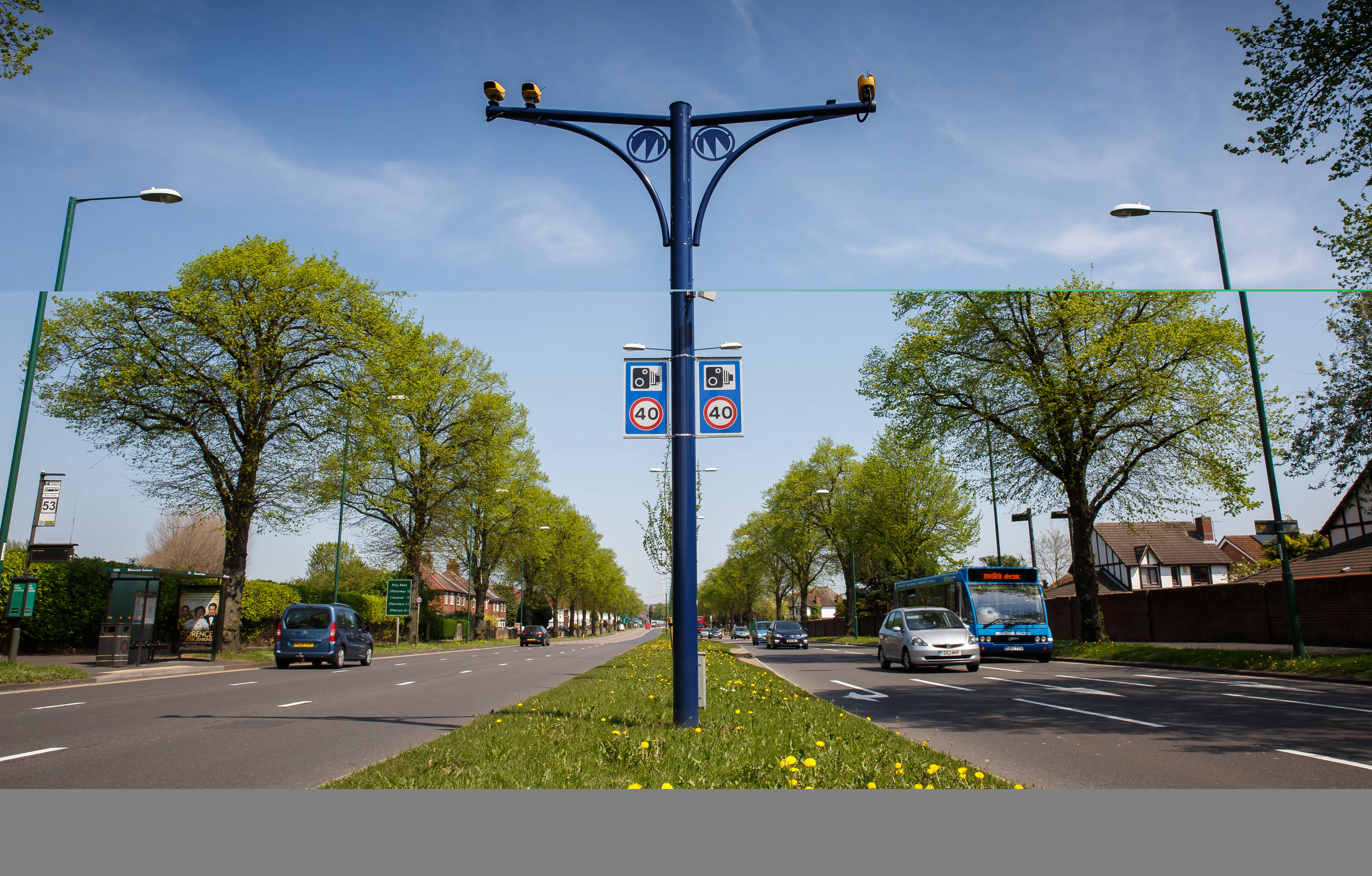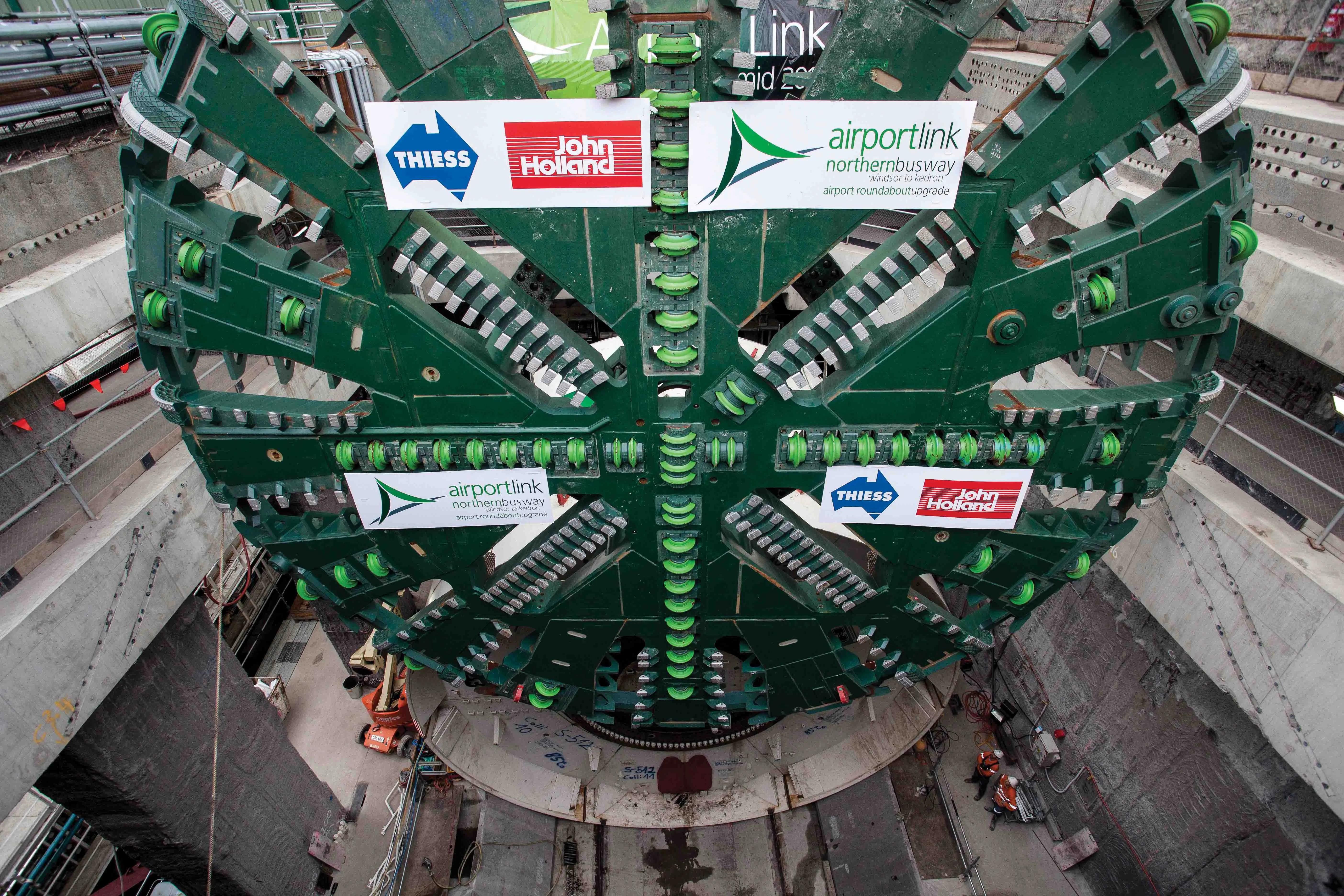
Attracting around 3,500 attendees, HxGN Live 2014 held at the MGM Grand in Las Vegas showcased exciting new and in-demand design, measurement and visualisation technologies for industries including road construction and mining. Guy Woodford reports.
In his keynote speech titled ‘The Disruptive Power of Transformation’ that officially opened HxGN Live 2014,
He said the world was facing great change, with its population set to rise by one billion to eight billion by 2027, with increased urbanisation placing even greater strain on “deteriorating” infrastructure, and environmental degradation and scarce resources other major issues that urgently needed addressing.
“Technology enables us to have better information, to take good decisions, to stay ahead of the curve. That’s what it’s all about,” said Rollén.
Using the analogy of Ikea, the globally successful Swedish furniture retailer, to highlight the importance of positively harnessing technological progress, Rollén continued, “The idea with Ikea is they provide [furniture] flat packs and you do the job. That’s basically what we agree between you and us: We will deliver you fantastic technologies, but you have to do the work. You are the enablers. You are the ones that can make sure this transformation we are about to see can stay positive for all of us. You have that power.”
During a media luncheon Q&A staged on Day 3 of the event, Rollén outlined Hexagon’s and its global brand network’s vision for the future of mining and construction machine control.
He emphasised the strength of Hexagon’s Mining Division which currently consists of
“We’ve sold surveying equipment into the mining industry and been very successful at doing that. Then we introduced fleet management which is a natural extension if you’ve got GPS. Now finally we’re realising that there is a need to tie back the information that you collect from the vehicles and survey equipment into your planning software, that’s why MineSight comes into the picture,” said Rollén. “This is definitely something we’re going to see more of. We’ve launched Smart Agriculture and we’ve launched Smart Mining here, and that is the way forward for Hexagon.
“Why mining makes sense right now is because mining is going through a trough. We’re not about volume. We are about making clever buys, improving productivity and cost. This is what the mining industry is looking for right now. They are looking for a solution to reduce production costs and so on and maintaining their profitability. That’s what Hexagon Mining is about.”
Highlighting the importance of SAFEmine safety and collision avoidance systems, Rollén added, “We’re going to see integration of SAFEmine into machine control. What it’s doing is reading the driver’s face, for example, to detect fatigue and warn the driver. We also have collision avoidance systems and I think that’s something that’s going to be integrated into all machine control products [including construction and agriculture] that we have.”
Of other machine control trends, he added, “It’s about getting more connected. We have GeoMedia [by Intergraph] and SmartPlant 3D - a CAD product and a geospatial product. They are working their way into the general construction markets, which are large markets. To be able to connect machine control with those two software products and update progress on construction sites, that’s going to be exciting. I think we’re going to see a lot of software systems connected to machine control.”
The ambition of the Hexagon Group has been apparent in a large number of acquisitions it has made in the past year, including its recent purchases of Mintec and SAFEmine. Hexagon achieved sales of €2.3 billion in 2013, and has previously publicised how it is looking to achieve sales of €3.5 billion and to improve EBIT margin from 20% to 25% before the end of 2015.
Of Hexagon’s acquisition strategy, Rollén said, “We just calculated that we have bought on average 3.75 companies a quarter, so I think you can expect us to continue doing that.”
Turning to Hexagon’s R&D strategy, Rollén said that it was focused on making new solutions “future enabled”, so they would be compatible with subsequent products that the firm brings onto the market.
On Day 2 of HxGN Live 2014, Leica Geosystems’ CEO and president Jürgen Dold highlighted to delegates how significant efficiency and safety gains were being made possible through the innovative use of solutions based on scanning, surveying, UAVs (Unmanned Aerial Vehicles), machine control and positioning technology.
“An earthmoving company has lots of heavy construction machines. What is he [the manager] interested in? He wants automation for his machines to get better utilisation. When we supply this, we take the technology that emerged from surveying and merge this in to the machines.” Dold said this enabled, for instance, graders to achieve precise grades “two and a half times faster” than without the use of geospatial technology. “This is the productivity increase,” he added.
Dold continued, “Let’s assume that a constructor wants to understand before he builds a road how much [earth] volume he has to move up. He can take a mobile mapping system and drive the route so he understands the volumetrics before he builds the road, so he’s more accurate on the project going forward. He can also take a UAV and document the project’s progress on a weekly basis. This could be given to the contractor who gets the [road building] job.”
Praising the impact of Leica’s Nova MS50 MultiStation, described by the firm as “revolutionary” on its launch last year, Dold said, “It’s an instrument that combines all the technologies that we have. It’s used in construction for measuring the flatness of roads. It’s used in mining to do load monitoring.”
Dold’s keynote speech also highlighted how Hexagon-Leica Geosystems’ state-of-the-art 3D laser scanning solutions and visual maps are moving science into a new direction, such as being used to record with precision the key construction-related measurements of world famous buildings, such as Rome’s Coliseum, for the UK National Geographic Channel series ‘Time Scanners’; and how the mobile mapping of the Leica Nova MS50, supported by Leica Viva GS14 GNSS receivers, is leading to the exploration of new possibilities, such as biannually recording the ice cap variations of Mont Blanc in France, Europe’s highest peak.
This year’s conference presented several new features, many of which engaged participants digitally. Attendees were also able to access conference information by downloading and using the HxGN LIVE Mobile or by viewing a live stream of activities on HxGN LIVE TV. The event also marked the inauguration of Hexagon’s Shaping Change Recognition Programme, which acknowledges customers and partners that have made a significant impact on the world through the use of Hexagon technologies. This year’s honourees were
Meanwhile, The Zone gave conference attendees an up-close look at some of the key technologies from Hexagon’s brand network. The Geosystems section included the Leica Nova MS50 MultiStation, the Leica iCON robot 60, the SwissDrones Dragon 35 UAV and the Leica iCON excavate simulator, which had also proved an attraction at this year’s









